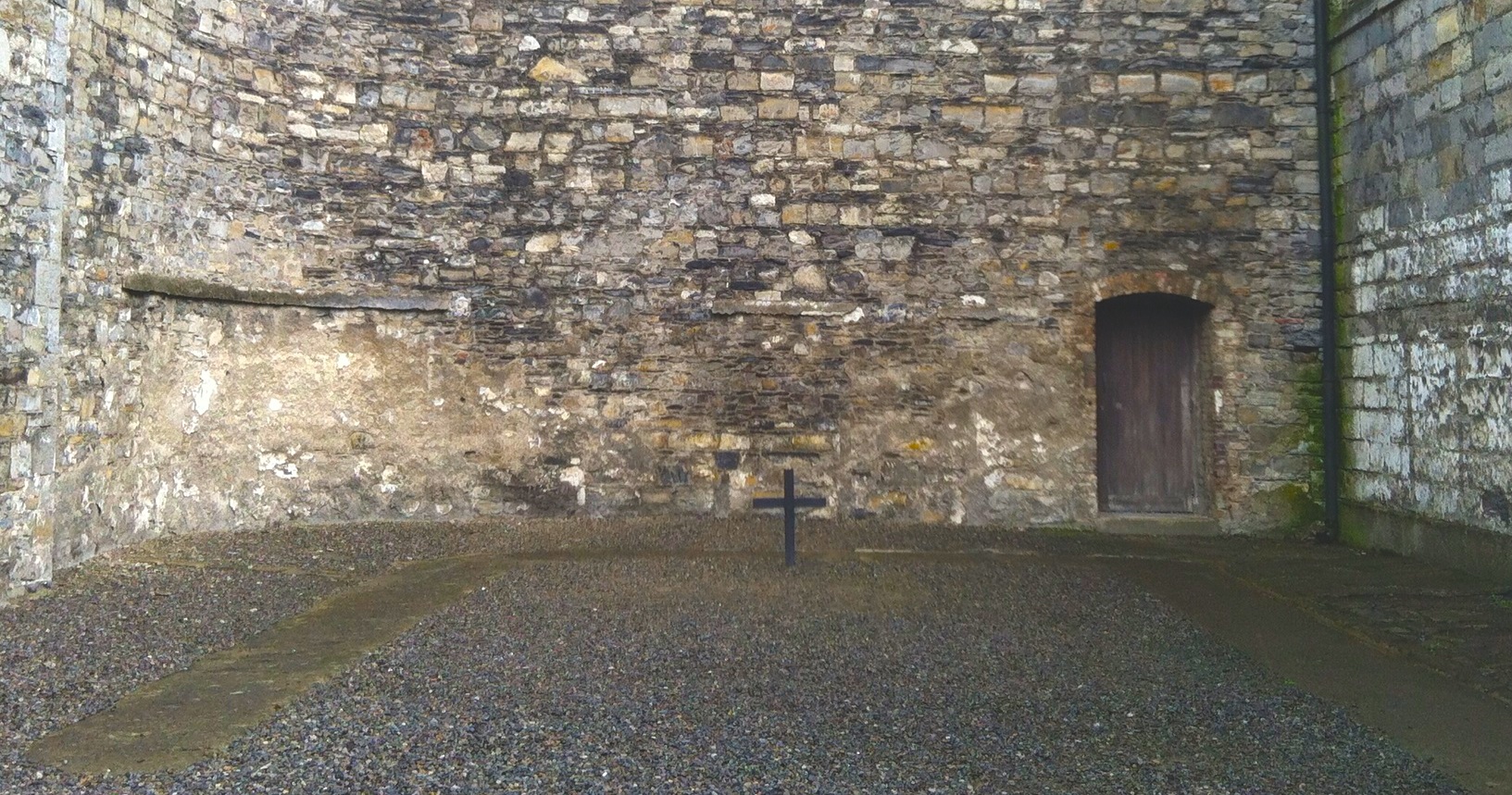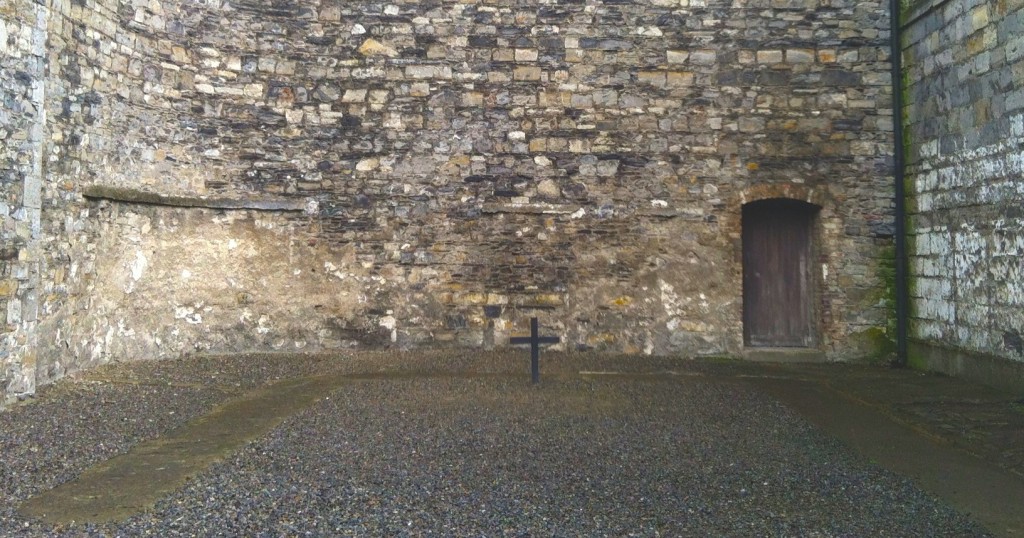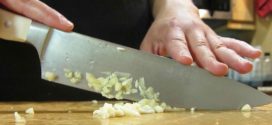Our visit to Ireland included a hefty history lesson for most of the family members traveling, or maybe a refresher course for some, while others got new details to round out the story.
My husband looooves watching the movie Braveheart. If it is on cable, it will be on our televisions. We quote William Wallace often.
“Go back to England and tell them there that Scotland’s daughters and her sons are yours no more. Tell them Scotland is free.”
“Every man dies, not every man really lives.”
“Freeeee-doooooom!!!”
William Wallace (through Mel Gibson) was fighting for independence from British rule. The tragedy ends with Wallace being executed, and Scotland never wins her independence.
When you put it into those terms, the Easter Uprising in Ireland begins to make more sense. Ireland was ready for home rule. The British were not ready to concede the island. Ireland thought it might take advantage of the fact that England was distracted with World War 1, and a group of rebels cooked up the 1916 Easter Uprising.
Our great uncle, Thomas Clarke, was one of the patriarchs involved in the planning. He had previously been jailed for participating in a bombing campaign in London. While in jail, he became close friends with another Irish rebel, John Daly. When Clarke was released some 15 years later, he married Daly’s niece Kathleen Daly. Kathleen’s youngest brother, Ned Daly, would be the youngest commander involved in the Uprising.
The Daly girls were strong women, deeply involved in the independence movement. I learned in our visit with cousins that my great grandmother was the oldest of the girls, and was much less interested in fomenting revolution. There were some strong factions in the country at the time – some who wanted all out war, and others who wanted to try to work within the parliamentary system. And in our family, we had both.
The Easter Uprising did not happen on Easter. There was a miscommunication between camps involved, and one leader called off the revolt. On Easter Monday the rebels took the city. They did not have the full forces originally planned, since many men had been ordered to stand down. The rebels held out, but were eventually captured.
Sixteen rebel leaders were taken to Kilmainham Gaol in Dublin. They were held there and executed several days later. One rebel was allowed to marry his sweetheart before being shot, having a one half hour interview with her, with guards disallowing any physical contact. Another rebel had been wounded in the Uprising, and was wheeled in through an alternate door, strapped to a chair, and shot.
My uncles, Thomas Clarke and Ned Daly, were shot at the far end of the exercise area. A cross stands where the executions took place.
The divergent factions became one after the executions took place. Ireland would be free, and Ireland would wage war until it was liberated from British rule.
The history of Kilmainham Gaol and the Easter Uprising are alive and flourishing in Ireland. If you are in Dublin, the jail tour is a MUST on your list. The guides provide rich explanations of the history involved, both in the Easter Uprising, and the earlier potato famine.
In the past, I used to cite Thomas Clarke and Ned Daly for show at places like the Black Rose in Boston. Their photographs hang on the wall. I now have a deeper understanding of why they were important, and how their execution crystalized a country’s future.
 Sauced In New York Sometimes the food is in the sauce, sometimes we are
Sauced In New York Sometimes the food is in the sauce, sometimes we are





